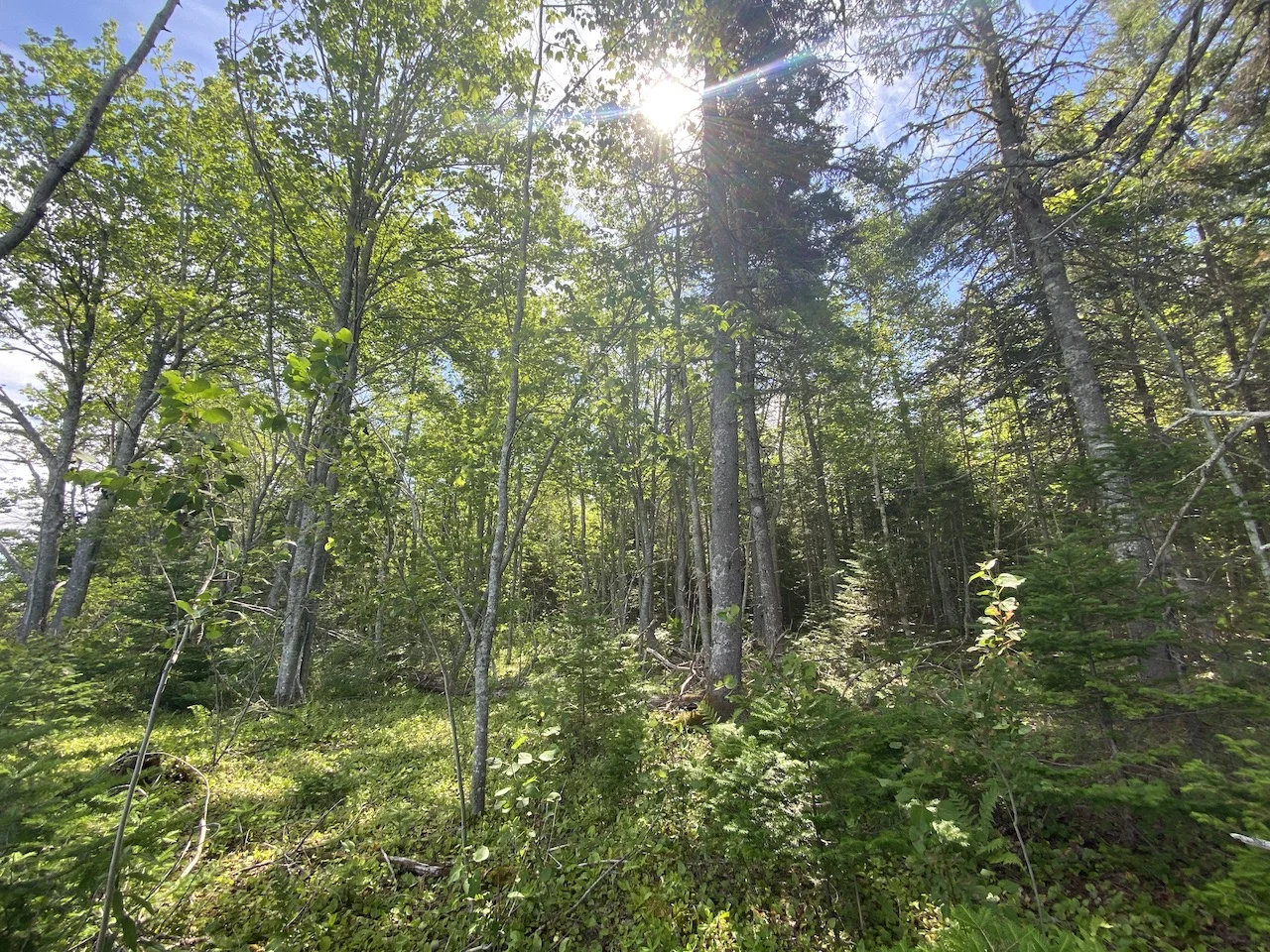
Protection of rare P.E.I. forest is nature reserve's 'missing piece'
According to the Nature Conservancy of Canada (NCC), forested land is being lost at an accelerated pace on Prince Edward Island -- decreasing 20 per cent from 1990 to 2020 -- with most of that occurring in the past 10 years.
A rare forested site on eastern Prince Edward Island has secured additional protection thanks to the Nature Conservancy of Canada (NCC) and its donors.
On June 15, word came from the NCC that it had conserved a 3.5-hectare site in Howe Bay, P.E.I., near Souris. The site, a former farming homestead, is considered to be the "missing piece of the puzzle" needed to complete NCC’s Elizabeth Walsh Nature Reserve, according to a news release. The land acquisition allows for a cohesive nature reserve, preventing the area from being fragmented into smaller pieces.
SEE ALSO: First-of-a-kind study reveals Canada’s most vulnerable eco-regions
The Elizabeth Walsh Nature Reserve protects 12.5 hectares of Acadian forest, including 60- to 80-year-old aspens. While the Acadian forest encompasses most of the Maritimes, areas with old trees are considered to be rare.
“Our natural environment is at the very heart of who we are here on Prince Edward Island. I’m very pleased that we’re purchasing more land to protect in Howe Bay, and it’s another important step towards our goal of conserving a quarter of both our land and our oceans by 2025," said Lawrence MacAulay, Veterans Affairs Minister and Cardigan MP, in the release.

Howe Bay, P.E.I. (Nature Conservancy of Canada)
According to the NCC, forested land is being lost at an accelerated pace on the island -- decreasing 20 per cent from 1990 to 2020 -- with most of it occurring in the past 10 years.
"So, NCC is shifting some of its focus from protecting shoreline habitats for birds to trying to save the best of what is left for intact, forest corridors for wildlife," said Andrew Holland, NCC's national media relations director.
The new property contains a mix of Acadian forest tree species such as black spruce, trembling aspen, balsam fir, white birch and red maple.
The large aspens provide ideal habitat for cavity nesters and builders including the downy and hairy woodpeckers. The sizable trees are also used by the red and northern-flying squirrels. Birds also occupy the site, including the black-capped chickadee and red-breasted nuthatch, black-throated green warbler, ovenbird and Swainson’s thrush.
“A lot of wildlife needs uninterrupted forest habitat to thrive, so the more cohesive blocks of protected area we can create, the better. NCC is pleased to be protecting parts of P.E.I.’s natural heritage for wildlife, and humans to enjoy, for the long term," said Lanna Campbell, NCC's P.E.I. program director, in the media release.
Thumbnail courtesy of Nature Conservancy of Canada.
Nathan Howes can be followed on Twitter: @HowesNathan.











